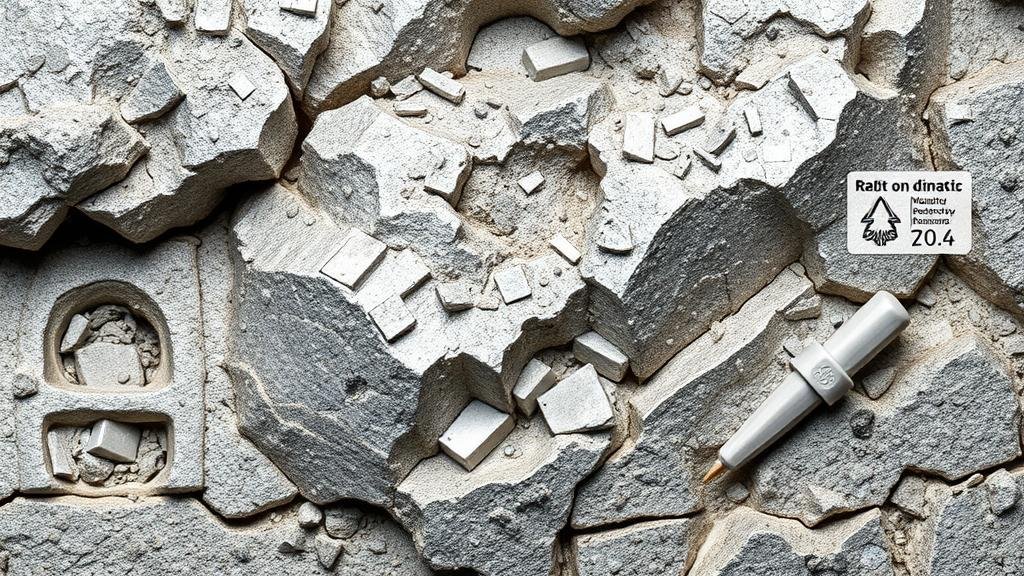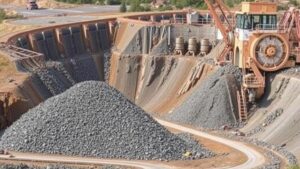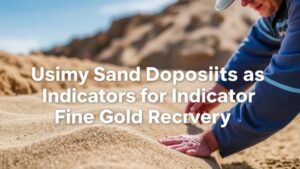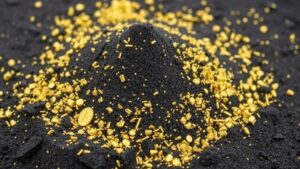Identifying Silver Deposits in Limestone Replacement Deposits
Identifying Silver Deposits in Limestone Replacement Deposits
Silver deposits can often be found in replacement deposits, specifically those associated with limestone. Understanding the geological contexts and indicators of silver mineralization in these environments is crucial for exploration success. This article delves into the characteristics, identification techniques, and examples of silver deposits found in limestone replacement deposits.
The Geology of Limestone Replacement Deposits
Limestone replacement deposits form when mineral-bearing fluids circulate through limestone formations, leading to the dissolution of the existing calcium carbonate and the deposition of new minerals, including silver. process is influenced by various geological factors, including:
- Fluid pathways, which can be enhanced by fractures or faults
- Temperature and pressure conditions during mineralization
- The chemistry of the mineralizing fluids, particularly the presence of sulfide minerals
These deposits are typically found in regions with a history of tectonic activity, which can provide the necessary structures for mineralizing fluids to migrate effectively.
Indicators of Silver Mineralization
Identifying silver deposits in limestone replacement environments requires careful observation of several key indicators:
- Geochemical Signatures: High concentrations of silver and associated elements, such as lead and copper, can indicate nearby silver deposits. Methods like soil sampling and geochemical assays can help delineate mineralized areas.
- Structural Geology: Fractures, faults, and folds in limestone can enhance fluid movement. Analyzing these structural features using geological mapping techniques can uncover potential mineralization zones.
- Physical Alterations: Alteration textures, such as silicification or carbonate replacement, often accompany silver mineralization. Notable features include changes in mineral composition and coloration within the rocks.
Techniques for Exploration
Successful exploration for silver in limestone replacement deposits often includes a combination of techniques:
- Geophysical Surveys: Methods like resistivity and magnetic surveys can help detect zones of mineralization by identifying anomalies related to changes in rock properties.
- Drilling: Core drilling provides direct evidence of mineral presence and allows for comprehensive geological analysis.
- Sampling: Collecting rock and soil samples for laboratory analysis can yield crucial geochemical data to support exploration efforts.
Case Studies: Successful Discoveries
Several notable examples illustrate the successful identification of silver deposits in limestone replacement deposits:
- Fresnillo Mine, Mexico: This world-renowned silver mine has produced massive quantities of silver since its discovery in the late 16th century. The mineralization is closely related to limestone hosting and showcases both epithermal and replacement styles of deposits.
- Silver Valley, Idaho, USA: Known for its substantial silver production, the Silver Valleys geology features limestone units that host important silver and lead deposits. Detailed geological mapping and exploration techniques have been instrumental in understanding mineralization patterns.
Conclusion and Actionable Takeaways
Identifying silver deposits in limestone replacement deposits necessitates an understanding of the geological environment and a proactive approach to exploration. Key indicators, including geochemical signatures, structural geology, and physical alterations, provide essential clues for locating these valuable resources. By employing a suite of exploration techniques and learning from successful case studies, geologists and mining companies can enhance their chances of discovering economically viable silver deposits.
Future exploration endeavors should focus on integrating advanced technologies, such as geophysical imaging and geochemical analysis, to refine search efforts in limestone terrains. Engaging in continuous education and sharing knowledge within the geoscience community can further improve the strategies used in this field.



